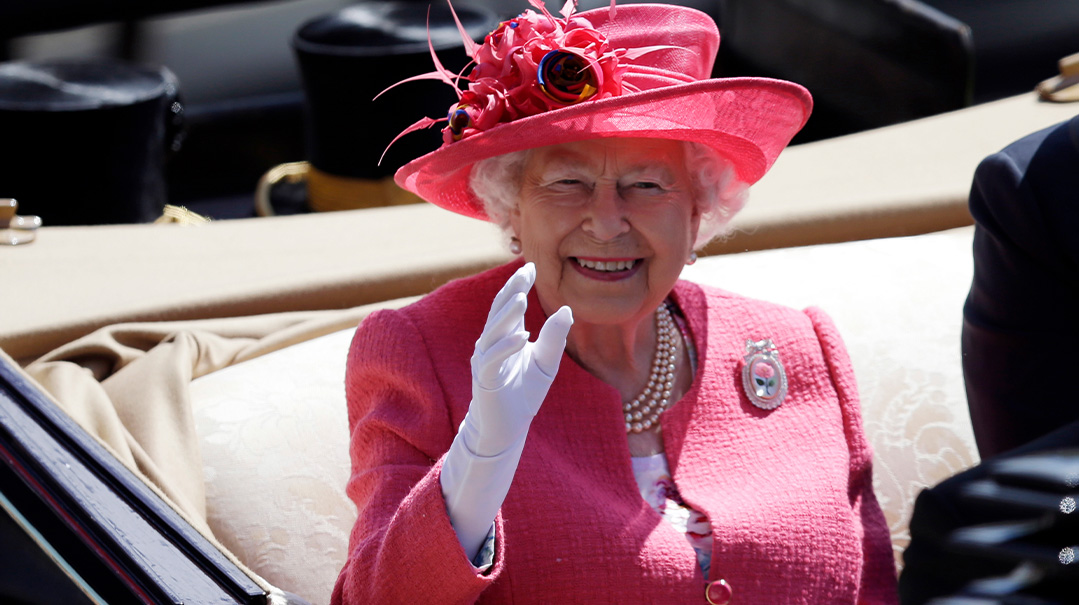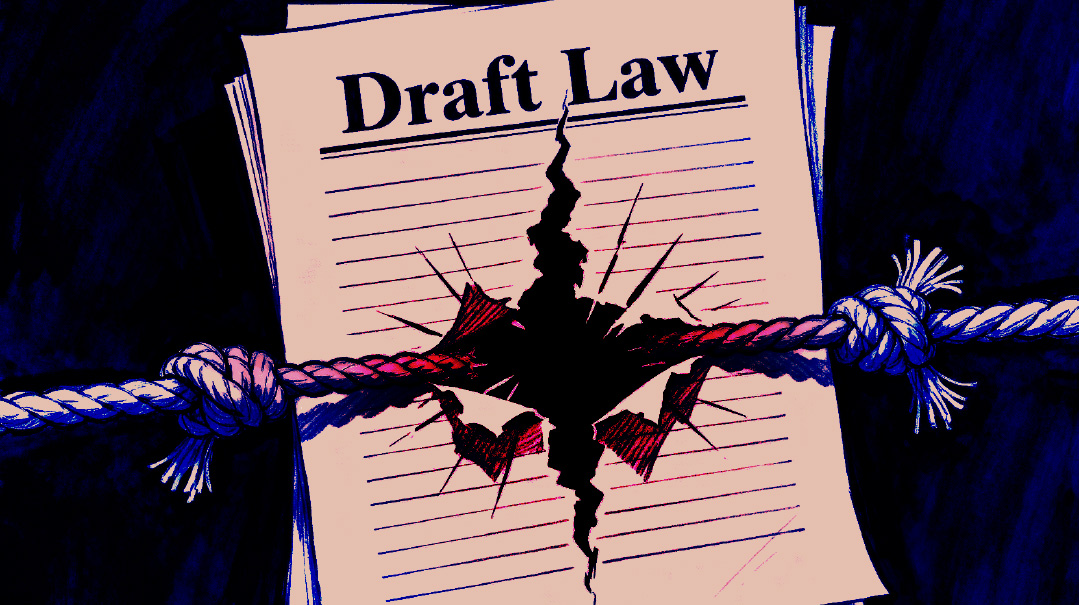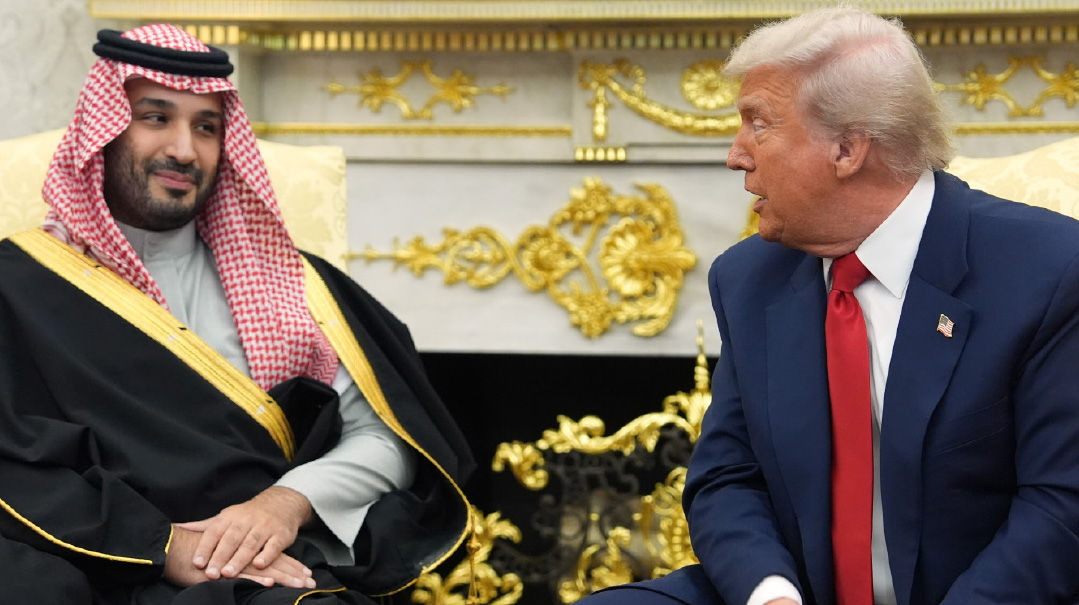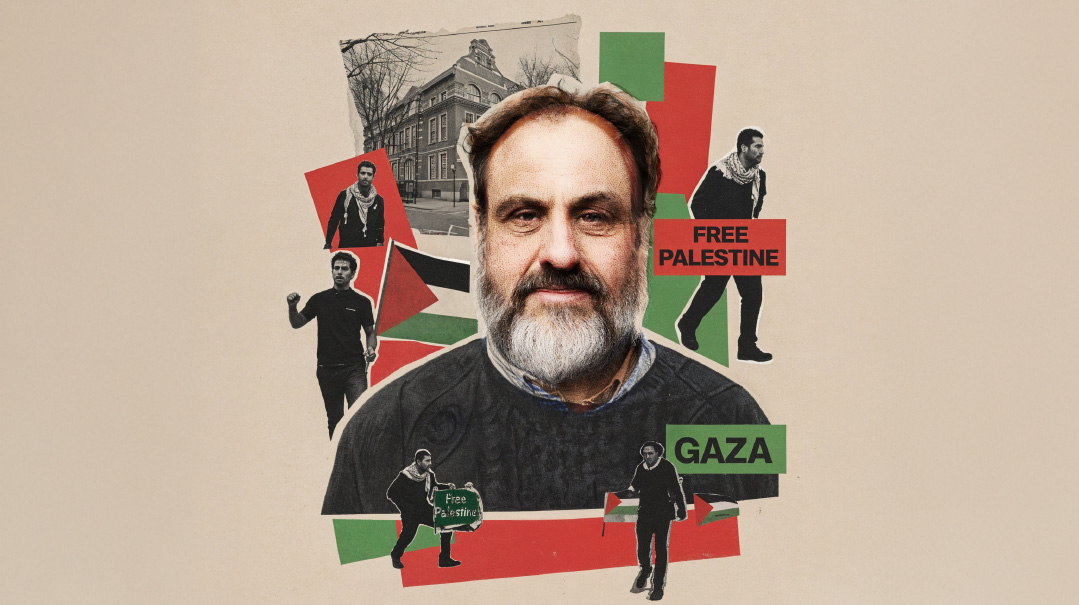Changing of the Guard
| September 13, 2022Seventy years after she inherited the throne, Queen Elizabeth II’s passing has left millions in mourning

Photos: AP Images
With reporting by Y. Davis
A
few days after King George VI’s sudden passing in 1952, a young Queen Elizabeth met her prime minister, Winston Churchill, for the first time since inheriting the throne.
By then well into his eighth decade, Churchill had been returned to power the year before, on a wave of nostalgia for his wartime leadership.
The meeting between the old bulldog and the 25-year-old mother of two was a collision of worlds. On the one hand, a crusty old warrior, every inch the Victorian imperialist; on the other the fragile, inexperienced leader of a country groaning under the weight of its own decline.
Which is why, the story goes, when Churchill saw the new monarch for the first time, he broke down in tears.
“But she’s just a child,” he said.
Seven decades, 15 prime ministers, and 13 US presidents later, that “child queen” had become a global icon, perhaps the most famous face on Earth. The passing last week of a woman who’d witnessed the dismantling of her world empire left Britain — and many across the world — in genuine mourning.
Across Britain’s solidly middle-class Jewish community — including the chareidi sector — royalism and an accompanying sense of loss at the queen’s death run deep.
Although Britain is a liberal democracy, the monarchy is a part of everyday life, and the country will need to adapt to the practical changes, as well as the personal ones, that will now take effect.
Suddenly, anything relating to “Her Majesty” — the government, the tax department, passports, the national anthem — now changes to “His Majesty.” Instead of the queen opening Parliament, it will now be the “king and queen consort.” Barristers with the title QC (Queen’s Counsel) will now become KC. Facts of life that were taken for granted for 70 years have changed overnight.
As the world witnesses the somber pomp and ceremony that mark the changing of the guards at the pinnacle of the British state, with the ascent of King Charles III to the throne, many wonder what was the queen’s secret: a woman who personified regal distance, yet combined it with a sense of familiarity to become a mother figure to modern Britain.
It was left to former prime minister Boris Johnson — whose last meeting with the queen had been days before her death — to speak for many about the “familial” sense of loss experienced by so many.
“She’s always been there,” he said emotionally, “a changeless human reference point in British life.”
Oops! We could not locate your form.







